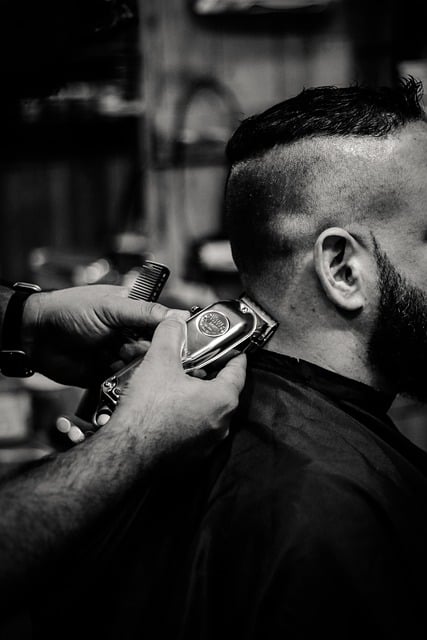Choosing the right clipper: key features to compare
Picking the right clipper means balancing power, blade quality, and ease of upkeep for the types of hair and beard styles you prefer. This article outlines practical features to compare so you can choose a tool that fits your routine, budget, and styling needs.

Choosing the right clipper involves more than brand recognition: it’s about matching features to how you cut or trim hair and maintain a beard. Consider blade type, motor power, how the unit is powered, available accessories, and the level of precision and safety you need. Understanding maintenance and cleaning requirements will also help you keep performance steady over time.
Blades: what to look for with hair and beard
Blades determine cutting performance and longevity. Stainless steel blades resist corrosion and suit general use; ceramic blades run cooler and often stay sharper longer, helpful for frequent trimming. For beard shaping and close fades, look for adjustable or interchangeable blades that offer fine length control. Consider blade width too: wider blades speed up haircuts, while narrower blades are better for detailing around the beard or neckline.
Battery and cordless options: which suits you
Battery life and charging behavior affect how convenient a cordless clipper is. Cordless models offer mobility and ease of use, but check runtime and charge time—some units deliver several hours and quick recharges, while others provide shorter sessions that require frequent charging. Corded clippers remove runtime concerns and can have steady power for heavy-duty haircuts. Match the power source to where and how often you’ll use the clipper.
Precision and styling: attachments and guides
Precision features influence styling outcomes. Look for adjustable taper levers, multiple guide combs, and fine-length settings for consistent results. Specialized attachments—such as detail trimmers, foil shavers, or nose/ear trimmers—expand styling possibilities. Ergonomic housing and weight distribution also support steady handling for precise lines and fades. If you plan complex styles, prioritize features that enable repeatable, accurate cuts.
Maintenance and cleaning: keeping blades sharp and hygienic
Regular maintenance preserves cutting performance. Many clippers require blade oiling, occasional alignment checks, and blade replacement over time. Removable blades and washable attachments simplify cleaning; models with detachable heads often allow rinsing under water (verify manufacturer guidance). Routine cleaning prevents hair buildup, reduces friction, and limits bacterial growth—important for both hygiene and blade longevity.
Safety and accessories: reducing nicks and irritation
Safety features include rounded blade tips, guards that prevent skin contact, and anti-slip grips. For sensitive skin, slower blade speeds or ceramic blades can reduce heat and pulling. Accessories such as combs, protective caps, and cleaning brushes enhance safe use and ease cleaning. When comparing models, note whether replacement parts and extra guards are readily available in your area to avoid downtime.
| Product/Service Name | Provider | Key Features | Cost Estimation |
|---|---|---|---|
| Magic Clip Clipper | Wahl | Professional-style steel blades, powerful motor, popular for fades | $60–$120 |
| Multigroom Series 7000 | Philips | Multi-attachment kit, metal trimmer, cordless with long runtime | $40–$90 |
| Master Cordless Clipper | Andis | Adjustable blade, robust housing, strong motor, cordless option | $120–$200 |
| HC5850 Hair Clipper | Remington | Self-sharpening blades, washable design, budget-friendly | $30–$70 |
Prices, rates, or cost estimates mentioned in this article are based on the latest available information but may change over time. Independent research is advised before making financial decisions.
Conclusion
Choosing a clipper comes down to intended use: haircuts or beard work, frequency, and whether cordless convenience matters. Compare blade types, battery specs, precision controls, and maintenance needs alongside safety and accessory availability. With attention to these features you can select a clipper that supports consistent styling, reasonable upkeep, and the performance your routine requires.





